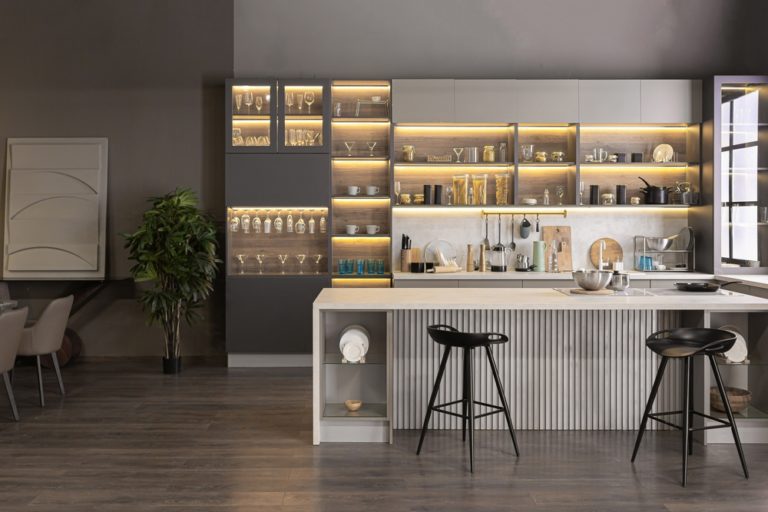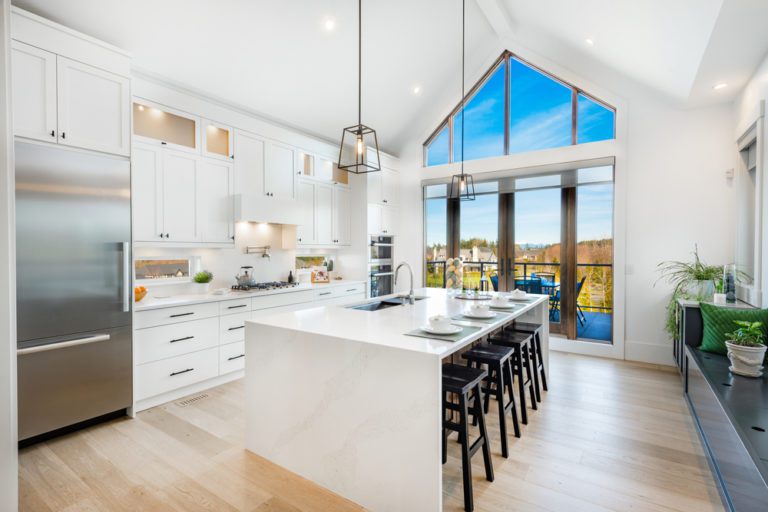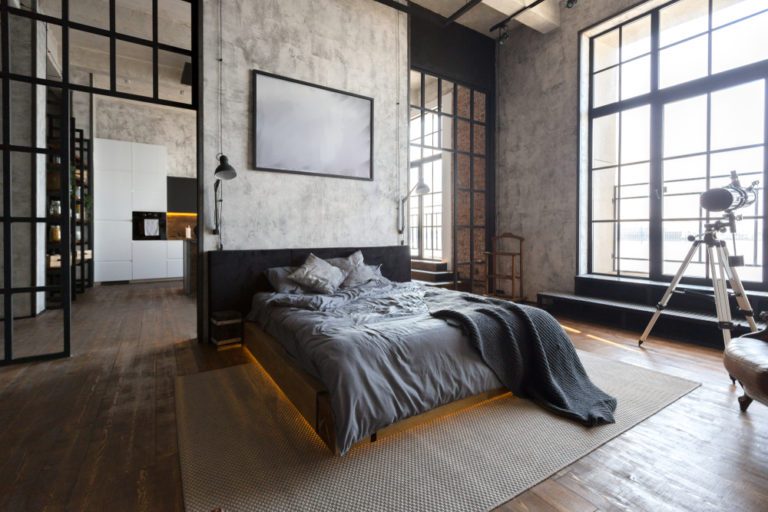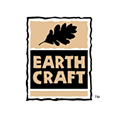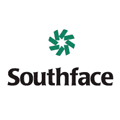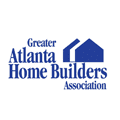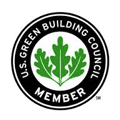Is Moisture An Unwanted Occupant In Your Building?
ATLANTA – No designer wants to see the unwelcome guests of mold and mildew show up in their building. Guidance on how to prevent moisture that causes their appearance is offered in several sessions at ASHRAE’s 2013 Winter Conference in Dallas.
“Sooner or later, HVAC professionals throughout Texas and the Gulf Coast come up against the problem of preventing or getting rid of mold,” Lew Harriman, a speaker at the Conference and author of ASHRAE’s ASHRAE Guide for Buildings in Hot and Humid Climates, said. “In June 2012, the ASHRAE Board of Directors approved a totally revised and updated Position Document on Indoor Mold and Dampness in Buildings. The Dallas Conference includes a comprehensive briefing on what ASHRAE experts have found to be the HVAC-related causes of mold in buildings, and what owners, contractors and designers can do to prevent the problem.”
The 2013 Winter Conference takes place Jan. 26-30 at the Sheraton Dallas. To register and for complete Conference information, visit www.ashrae.org/dallas. The International Air-Conditioning, Heating, Refrigerating Expo, held in conjunction with the Winter Conference, will run Jan. 28-30. The Expo, www.ahrexpo.com, is held at the Dallas Convention Center.
The technical program features more than 200 sessions addressing energy conservation; facility management: operations, technology and energy improvements; large building design; standards, guidelines and codes; HVAC&R systems and equipment; HVAC&R fundamentals and applications; and refrigeration. The full Technical Program offers the opportunity to earn a year’s worth of PDHs, NY PDHs, AIA LUs and LEED AP credits and runs Jan. 27-30.
A seminar, Diagnosing and Fixing Building Moisture Problems – Case Histories from Hot and Humid Climates, takes place 8-9:30 .m. Sunday, Jan. 27.
Moisture and humidity problems are often a complex mixture of decisions made by different professionals at different times about HVAC systems, architecture and building operations. Untangling the causes of problems and planning solutions requires understanding of the typical interactions between the building and its HVAC systems plus an appreciation of the practical aspects of operating buildings with limited budgets.
Case histories presented in this seminar can help building owners and facility managers avoid classic moisture problems and solve them when they occur.
Speakers and presentations are:
- Diagnosing and Fixing a Major Mold Growth Problem in a Health Clinic, Lew Harriman, Mason Grant, Portsmouth, N.H.
- The Unintended Consequences of the New International Green Construction Code on HVAC and Mold Problems in Humid Climates, George Dubose, Liberty Building Forensics Group, Zellwood, Fla.
- Sources and Solutions of Classic Moisture Problems—Lessons Learned in Hot and Humid Climates, Raoul A. Webb, P.E., ENVIRON International Corp., Tampa, Fla.
A seminar, “Moisture Control in Commissioning of New and Existing Buildings,” takes place 11 a.m.-12:30 p.m., Sunday, Jan. 27. Moisture control in the commissioning process is based on project requirements for moisture problem avoidance, building assessment, field testing, and building science. This seminar focuses on the interaction of building systems that affect moisture in buildings and demonstrates important lessons learned by use of case studies.
- Providing Moisture Control Solutions in Building Commissioning, Donald Snell and George Dubose, Liberty Building Forensics Group, Zellwood, Fla.
- The Art and Science of Building Enclosure Commissioning, Fiona Aldous, Wiss, Janney, Elstner Associates, Inc., Irving, Texas.
A seminar, ASHRAE Position on Limiting Indoor Mold and Dampness in Buildings, Unvented Combustion Devices and Indoor Air Quality: Review of Three Recently Published ASHRAE Position Documents, takes place from 11 a.m.-12:30 p.m., Wednesday, Jan. 30.
The seminar reviews three recently published Position Documents from ASHRAE, including “Limiting Indoor Mold and Dampness in Buildings.” The paper describes 64 specific decisions that have been observed to either minimize or increase the risks associated with indoor moisture accumulation.
- The Revised ASHRAE Position Document on Limiting Indoor Mold and Dampness in Buildings, Lew Harriman, Mason Grant, Portsmouth, N.H.
- ASHRAE Position Document on Unvented Combustion Devices, Paul W. Francisco, University of Illinois, Champaign, Ill.
- ASHRAE Position Document on Indoor Air Quality, Chandra Sekhar, Singapore.
ASHRAE, founded in 1894, is a building technology society with more than 50,000 members worldwide. The Society and its members focus on building systems, energy efficiency, indoor air quality, refrigeration and sustainability within the industry. Through research, standards writing, publishing and continuing education, ASHRAE shapes tomorrow’s built environment today.
Read the original here:
Is Moisture an Unwanted Occupant In your Building

